"According to the American Association of Orthodontists, people with braces are twice as likely to experience plaque buildup if they do not adapt their brushing and flossing routine."
Mastering How Do I Brush and Floss with Braces? — Effective Steps for Oral Hygiene
- In this guide, discover key strategies to answer 'how do I brush and floss with braces?' — elevating your oral hygiene and avoiding common mistakes that impact your smile.
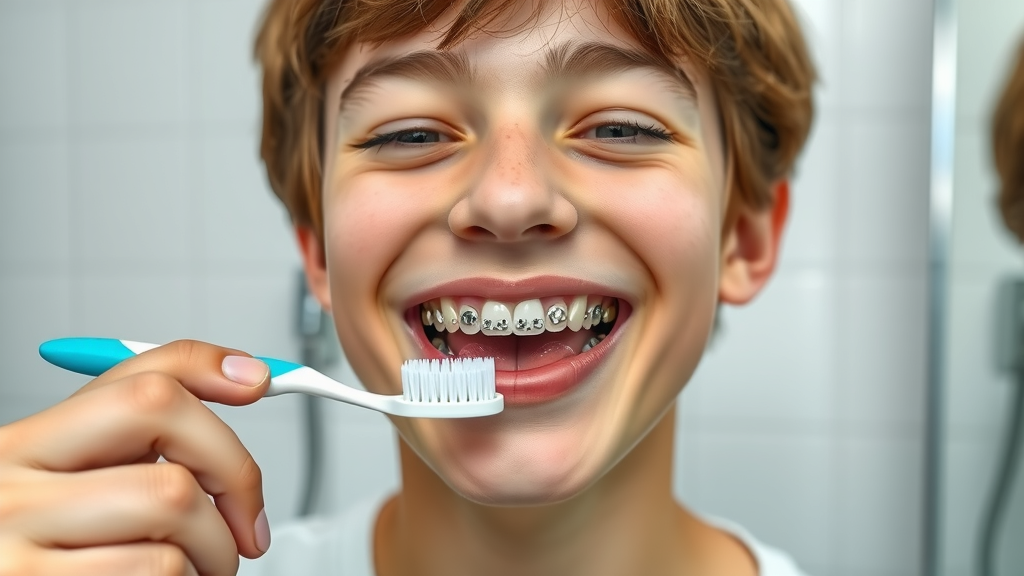
Key Takeaways: Brushing and Flossing with Braces Explained
- Why oral hygiene matters most for teeth with braces
- The right way to brush your teeth and floss with braces
- Top products to enhance brushing and flossing
- Solutions to common brushing and flossing problems with braces
- Answers to essential questions about oral hygiene with braces
Understanding Oral Hygiene Challenges: Brushing and Flossing with Braces
What is different about brushing your teeth and flossing with braces?
- How brackets and wires increase food and plaque retention
- Risks of gum disease from improper oral hygiene
- Why a specialized brushing and flossing routine is essential
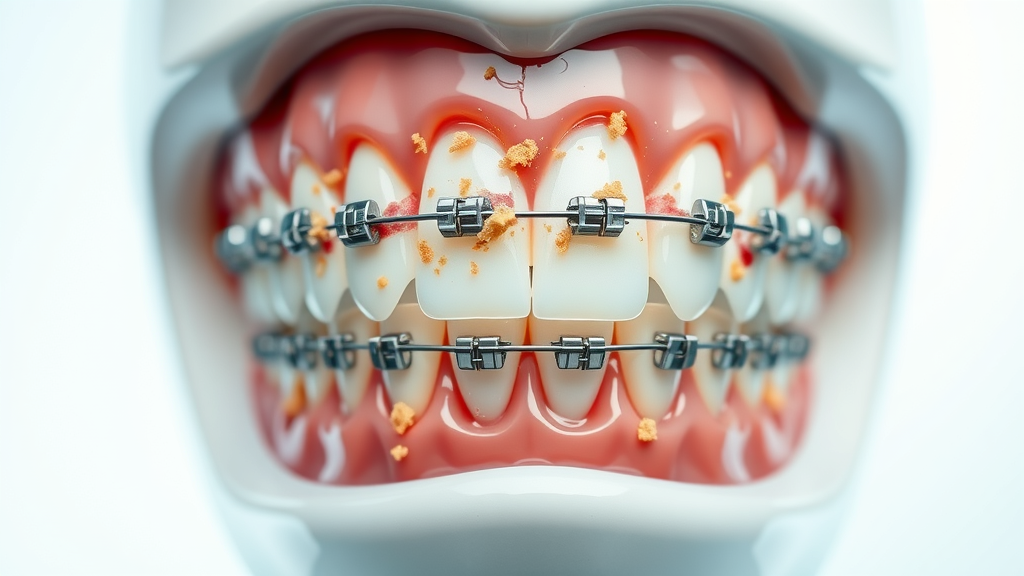
Brushing and flossing with braces is not the same as brushing your teeth without orthodontic appliances. When you have braces, the wires and brackets create more nooks and crannies for food particles and plaque to hide. This makes it much easier for plaque and food to accumulate around your brackets and wires. If you don’t adapt your oral hygiene routine, this buildup can cause more than just bad breath ; it increases your risk of gum disease , white spot lesions (small white marks where minerals have been lost from your teeth), and tooth decay . That’s why developing a specialized brushing and flossing routine is absolutely essential for good oral hygiene during orthodontic treatment.
Traditional toothbrushes and standard dental floss often don’t do enough to remove all the debris, especially from hard-to-reach areas. Brackets and wires catch more debris than plain teeth, making you more prone to oral health problems if you don’t adapt. Specialized tools, like a floss threader , dental tape , or an electric toothbrush , can help remove stubborn particles and keep your teeth with braces cleaner.
It’s easy to overlook critical areas like the gum line or the spaces between brackets. Despite these challenges, following a consistent and detailed routine makes a big difference. With the right techniques and products, you’ll minimize plaque buildup and keep your smile on track throughout your orthodontic journey.
How to Brush Your Teeth with Braces: A Step-By-Step Oral Hygiene Guide
Step 1: Selecting the Best Toothbrush for Teeth with Braces
- Manual vs. electric toothbrush: which is better for brushing your teeth with braces?
- How soft-bristled options benefit oral hygiene
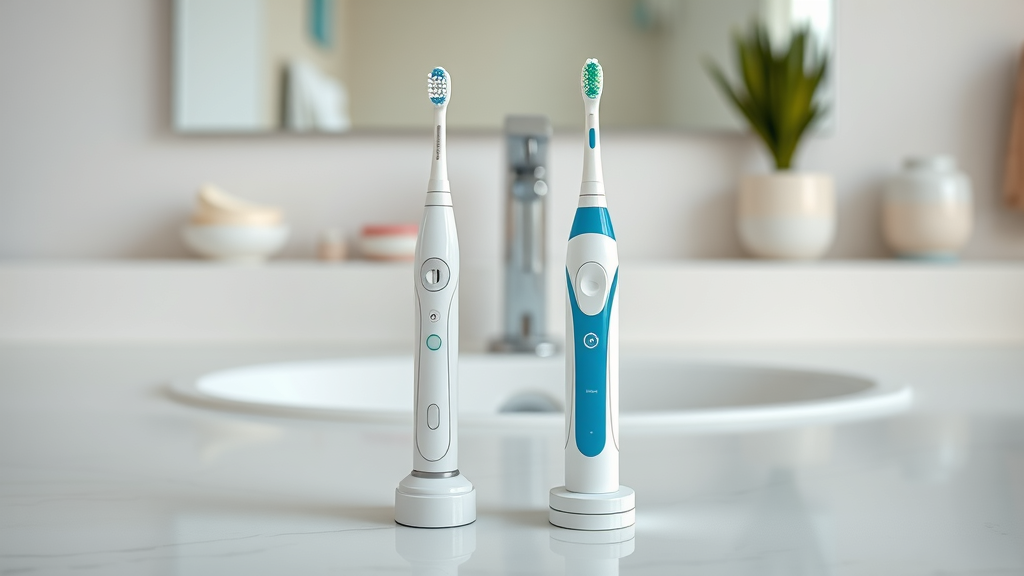
Whether you use a manual or electric toothbrush , the most important factor is using a soft-bristled brush. Soft bristles are gentle enough to protect your teeth and gums from irritation but strong enough to sweep away plaque around wires and brackets . Many people with braces find that an electric toothbrush provides extra power, making it easier to clean awkward spots. An electric toothbrush with a small head can reach around bands, brackets, and the gum line better than traditional brushes.
However, a quality manual toothbrush can also be effective if you’re diligent. Look for brushes labeled as “orthodontic” or with V-shaped bristles, specifically designed for teeth with braces . Make sure to replace your toothbrush or electric toothbrush head every three months, or sooner if the bristles become frayed.
No matter your choice, consistency is key. Brush at least twice daily. If you can, brush after every meal to keep food particles and plaque from building up in tough spots.
Step 2: Brushing Your Teeth Properly Around Braces
- Angle your toothbrush at 45 degrees
- Focus on cleaning around wires and brackets
- Recommended brushing technique for top oral hygiene
To get the best results, always start by rinsing your mouth with water. Use your brush at a 45-degree angle to both the gums and the brackets. This allows the bristles to reach under the wires and around brackets , dislodging debris where it tends to collect. Make gentle circular motions , taking time to go over every tooth’s surface: the fronts, backs, and chewing sides.
Don’t forget to focus on the gum line —this is where plaque and food particles often linger and cause gum disease or white spot lesions. Carefully work the brush around each bracket and between wires, spending at least two minutes brushing your teeth per session. If you need to, divide your mouth into quadrants and give each section 30 seconds.
Using a fluoride toothpaste is also important in strengthening tooth enamel and preventing tooth decay . After brushing, rinse thoroughly and look for any remaining debris. Repeat this process after every meal, or at least twice per day, for good oral hygiene while wearing braces.
How to Floss with Braces: Best Approaches to Flossing with Braces
Choosing Traditional Floss, Dental Tape, or a Floss Threader
- Comparison of traditional floss, dental tape, and floss threaders for braces
- Advantages and disadvantages for oral hygiene

Flossing with braces can feel tricky at first, but with the right tools, it becomes manageable—and essential. Traditional floss works, but navigating the wires can be a challenge. That’s where dental tape and a floss threader come in. Dental tape is wider and more slippery than standard floss, allowing you to slide between tight spaces without shredding. A floss threader acts like a needle, making it easier to get floss underneath orthodontic wires so you can clean around your teeth and braces .
Each tool has its advantages. Dental tape is gentle on sensitive gums and strong against breakage. Floss threaders make flossing with braces fast and precise, while some people prefer special orthodontic floss that has a stiffened end, allowing you to guide it under wires without needing a separate threader. Try a few options to see which works best in your daily oral care routine.
Remember, flossing with braces takes extra time compared to regular flossing, but it is vital for preventing gum disease , cavities , and white spot lesions. Don’t skip—finding the right product can make flossing much easier and help maintain your oral health .
Step-by-Step Guide: Flossing with Braces
- Inserting floss with a floss threader
- How dental tape slides between tight spaces
- Tips for flossing under wires to improve oral hygiene
Start by taking approximately 18 inches of dental floss or dental tape and threading it through a floss threader . Gently guide the threader under the main wire of your braces, then pull the floss through. Once the floss is under the wire, move it up and down gently along the side of both teeth, curving it around the gum line for a thorough clean. Avoid “sawing” motions, as these can injure gums.
Dental tape can make this process more comfortable, especially if your gums are sensitive. Its wider surface area effectively removes more plaque between teeth. Repeat this process for each tooth, using a clean section of floss every time.
Interdental brushes and water flossers are excellent supplementary tools, but never substitute for traditional flossing entirely. They help dislodge debris between brackets and wires, ensuring complete oral hygiene . By incorporating these steps, you’ll keep your teeth clean and support healthy gums during your entire orthodontic treatment.
Oral Hygiene Tools and Products That Help Brush and Floss with Braces
| Tool | Main Benefit | Best For |
|---|---|---|
| Manual Toothbrush | Gentle, affordable, precise cleaning | Daily brushing around brackets & wires |
| Electric Toothbrush | Enhanced cleaning with less effort | Deep clean in hard-to-reach areas |
| Floss Threader | Guides floss under orthodontic wire | Essential for flossing with braces |
| Dental Tape | Gentle, broad floss for sensitive gums | Flossing tight or sensitive spots |
| Interdental Brush | Cleans between brackets and teeth | Supplement to regular flossing |
| Water Flosser | Uses water jets to remove plaque | Quick cleanup, braces-friendly |
How to Use an Electric Toothbrush or Water Flosser for Oral Hygiene
- Benefits of adding an electric toothbrush to your routine
- Using a water flosser to supplement traditional flossing with braces

An electric toothbrush makes maintaining oral hygiene easier and more efficient. Its rapid, consistent motions help remove plaque and food particles from around brackets, while minimizing pressure on sensitive spots. Many models have timers to ensure you brush for the recommended two minutes.
A water flosser is another powerful addition to your cleaning routine. It shoots a stream of water between teeth and braces , helping to blast out debris from places regular floss can’t reach. While a water flosser should not completely replace traditional dental floss or dental tape, it’s particularly helpful if you have difficulty using floss or have sensitive gums.
For best results, use your water flosser after brushing and traditional flossing. Direct the jet at the gum line , as well as around the brackets and wires. Add a water flosser to your daily schedule, especially at night, to leave your mouth feeling ultra clean.
Preventing Gum Disease: Maintaining Oral Hygiene with Braces
- Why gum disease risks increase with braces
- Tips to avoid inflammation and maintain optimal oral hygiene
Braces make it easier for plaque to gather along the gum line , which can quickly lead to gum disease (gingivitis) if not managed well. Early signs include redness, swelling, and bleeding, especially during brushing or flossing. Over time, untreated gum disease can advance, putting both your oral health and orthodontic treatment success at risk.
To avoid these problems, focus on cleaning every surface of every tooth, especially close to the gums and around each bracket. Incorporate fluoride toothpaste to protect against tooth decay . If your gums feel sore, consider using a mouth rinse designed to improve oral hygiene and reduce inflammation.
Make flossing a non-negotiable part of your routine—using a floss threader or dental tape will help make flossing easier and more consistent. Keep regular dental appointments for professional cleanings and guidance tailored to your needs.
Avoiding Mistakes: Common Oral Hygiene Errors When Brushing and Flossing with Braces
- Not spending enough time brushing and flossing each day
- Missing key areas around brackets and wires
- Skipping flossing because it feels too difficult
One major mistake is rushing through brushing and flossing sessions. It’s easy to miss hidden food particles around braces when you’re in a hurry. Skipping key areas, like the sides of brackets or behind wires, can cause white spot lesions and increase cavity risk.
Another common error is not flossing at all because it initially seems too difficult or time-consuming. With products like a floss threader or orthodontic floss , you can make flossing with braces manageable and effective.
Remember: if you do not thoroughly brush your teeth and floss each day, you risk tooth discoloration, gum disease , and even delays in your orthodontic progress. Patience and regular practice turn good oral hygiene into a simple daily habit.
Brushing and Flossing with Braces: Creating a Day-to-Day Routine
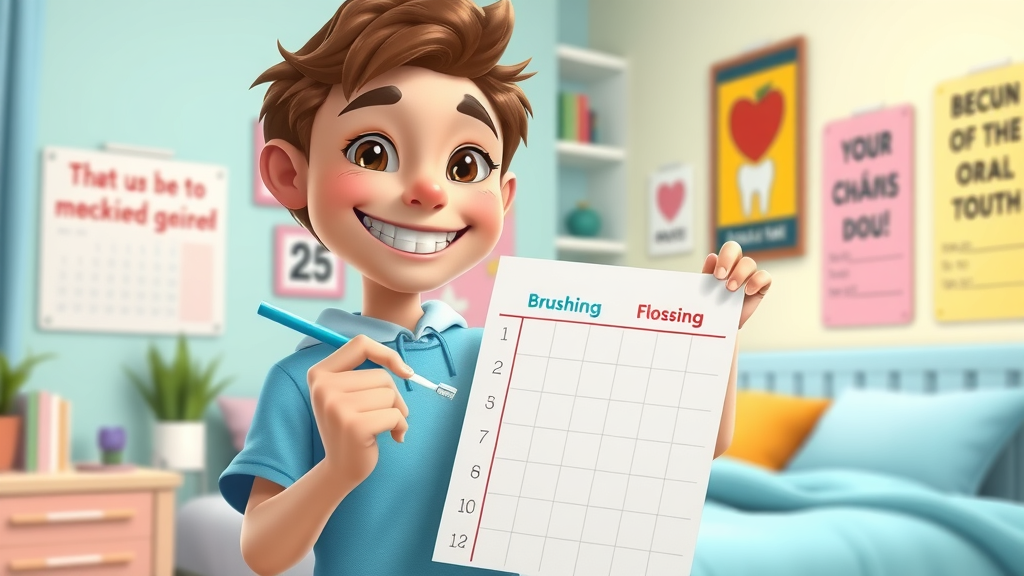
- Setting reminders for twice-daily brushing and daily flossing
- Incorporating oral hygiene into your morning and evening habits
Consistency is everything in maintaining good oral health with braces. Set a routine that fits with your lifestyle—a morning and evening schedule can help you remember to brush your teeth and floss every day. Using charts, phone reminders, or notes on your bathroom mirror can motivate you and help track your efforts.
Incorporate oral hygiene into your other daily habits, like washing your face or laying out your clothes. By connecting oral care to your regular routines, you’re less likely to forget or neglect important steps. Celebrate milestones (like a “streak” of flossing every day for a month), and reward yourself for reaching your goals.
Keeping a regular routine builds healthy habits that will serve you long after your braces come off, ensuring you’ll be proud to show off your beautiful new smile!
People Also Ask: Answers to Your Brushing and Flossing with Braces Questions
How to brush and floss with braces on?
- Use a soft-bristled or electric toothbrush at a 45-degree angle
- Brush around all parts of your brackets and wires
- Floss with a floss threader or dental tape to reach under wires
Brushing and flossing with braces on requires some extra attention. Start with a soft-bristled or electric toothbrush , and angle it at 45 degrees toward your gum line and brackets. Take care to brush around each bracket, along the gum line, and the tops and bottoms of your teeth. For flossing, use a floss threader or dental tape to help you reach under the orthodontic wires. This way, you can remove plaque from between your teeth and braces, and keep your mouth healthy.
How often should I brush and floss with braces?
- Brush your teeth after every meal and before bed
- Floss at least once daily for optimal oral hygiene
For best results, brush your teeth after every meal and before bed. Brushing this often ensures that food particles and plaque don’t stick around long enough to cause oral health problems. Floss at least once a day—ideally at night—so your teeth can stay clean overnight and you minimize your risk of gum disease and cavities.
How do you brush when you have braces?
- Start by rinsing your mouth with water to loosen particles
- Use gentle circular motions over and around brackets
- Carefully clean along the gum line and chewing surfaces
When you have braces, start by rinsing your mouth to get rid of loose food debris. Use your toothbrush in gentle, circular motions —not just back and forth—on the outer, inner, and chewing surfaces of your teeth. Pay special attention to cleaning around the brackets and along the gum line , areas likely to collect plaque.
Is it normal to not be able to floss with braces?
- It’s common to find flossing with braces challenging, but floss threaders and dental tape can make it easier
- Never skip flossing — maintaining oral hygiene with braces prevents gum disease
Many people find flossing with braces difficult at first due to the wires blocking traditional floss. Tools like floss threaders and dental tape are designed to make flossing with braces easier. It might take extra time in the beginning, but stick with it—flossing protects you against gum disease and keeps your smile healthy throughout orthodontic treatment.
FAQ: Brushing, Flossing, and Oral Hygiene with Braces
- Can a water flosser replace traditional floss with braces? — Water flossers are very effective at dislodging food debris and helping clean between brackets, but they should supplement—not fully replace—traditional flossing with braces for best oral hygiene.
- How long should I spend brushing and flossing with braces? — Aim for at least two minutes of brushing and five to ten minutes for flossing—especially when getting used to the routine with braces.
- Which toothpaste is best for teeth with braces? — Look for a fluoride toothpaste, which helps protect tooth enamel and prevent tooth decay during orthodontic treatment.
- Do I need to see my dentist more frequently while I have braces? — Yes, regular dental checkups are vital for professional cleanings and to monitor for signs of decay or gum problems while wearing braces.
Expert Advice: Quotes About Brushing and Flossing with Braces
"The foundation of a beautiful smile is great oral hygiene during orthodontic treatment." – Dr. A. Smith, Orthodontist
Stay Motivated: Healthy Oral Hygiene Habits with Braces
- Track your progress with a brushing and flossing chart
- Reward yourself for consistency
- Remain focused on your long-term smile goals
Staying consistent with your brushing and flossing habits is crucial for your oral health . Use a chart or habit tracker to remind yourself and see your progress build. Set small rewards when you reach milestones (like a movie night, or special treat with your orthodontist’s approval). With routine and motivation, you’ll be smiling your brightest.
Ready for Your Best Smile? Connect with Grand Strand Smile Spotlight
- Your smile is worth it — and staying informed is the first step. Join hundreds of locals already following Grand Strand Smile Spotlight for updates, advice, and trusted care insights.
Take Action: Make brushing and flossing with braces a simple, effective daily part of your routine, and follow Grand Strand Smile Spotlight for more tips and support! Your healthy, confident smile is within reach.
Maintaining optimal oral hygiene with braces can be challenging, but utilizing the right tools and techniques can make the process more effective. The article “How to Brush Your Teeth and Floss With Braces” by Oral-B provides a comprehensive guide on proper brushing and flossing methods tailored for individuals with braces. It emphasizes the importance of using a soft-bristled or electric toothbrush and offers step-by-step instructions to ensure thorough cleaning around brackets and wires. ( oralb.com )
Additionally, “Brushing & Flossing with Braces” by Premier Orthodontics highlights the significance of special tools like interdental brushes and oral irrigators. These devices assist in cleaning hard-to-reach areas, ensuring that food particles and plaque are effectively removed from around orthodontic appliances. ( premierorthodontics.com )
By incorporating these expert recommendations into your daily routine, you can maintain excellent oral hygiene throughout your orthodontic treatment, leading to a healthier and more confident smile.
 Add Row
Add Row  Add
Add 


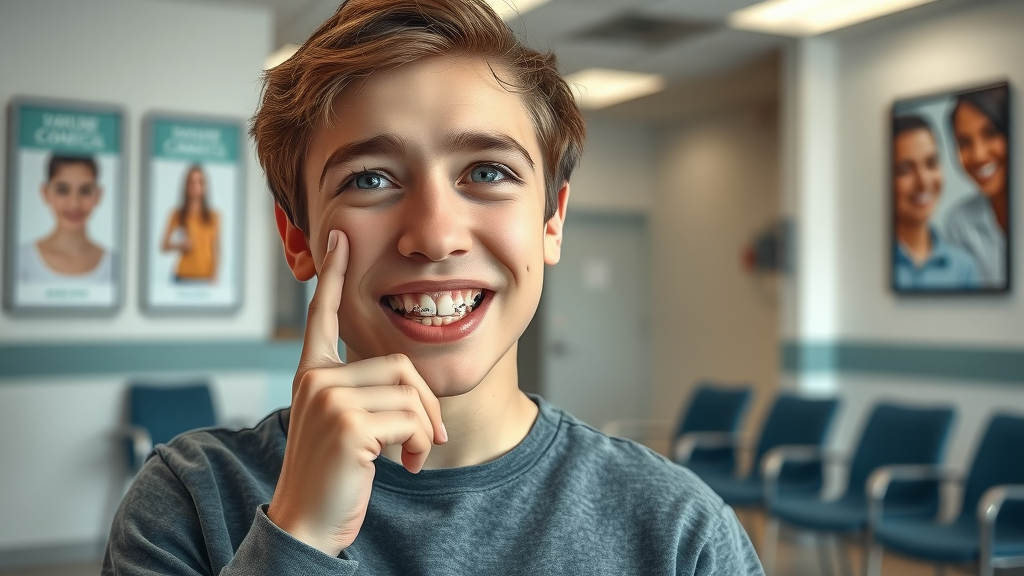

Write A Comment